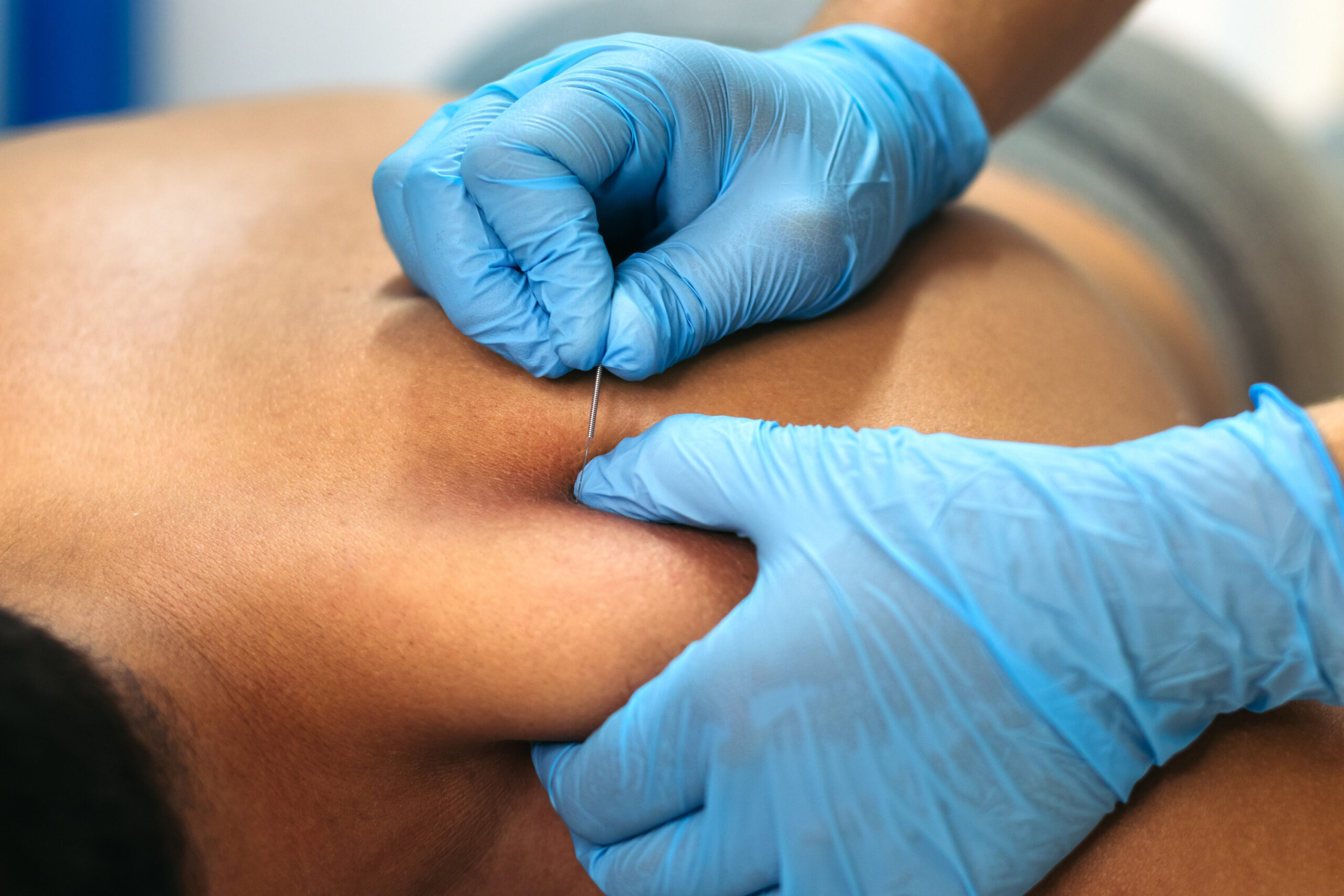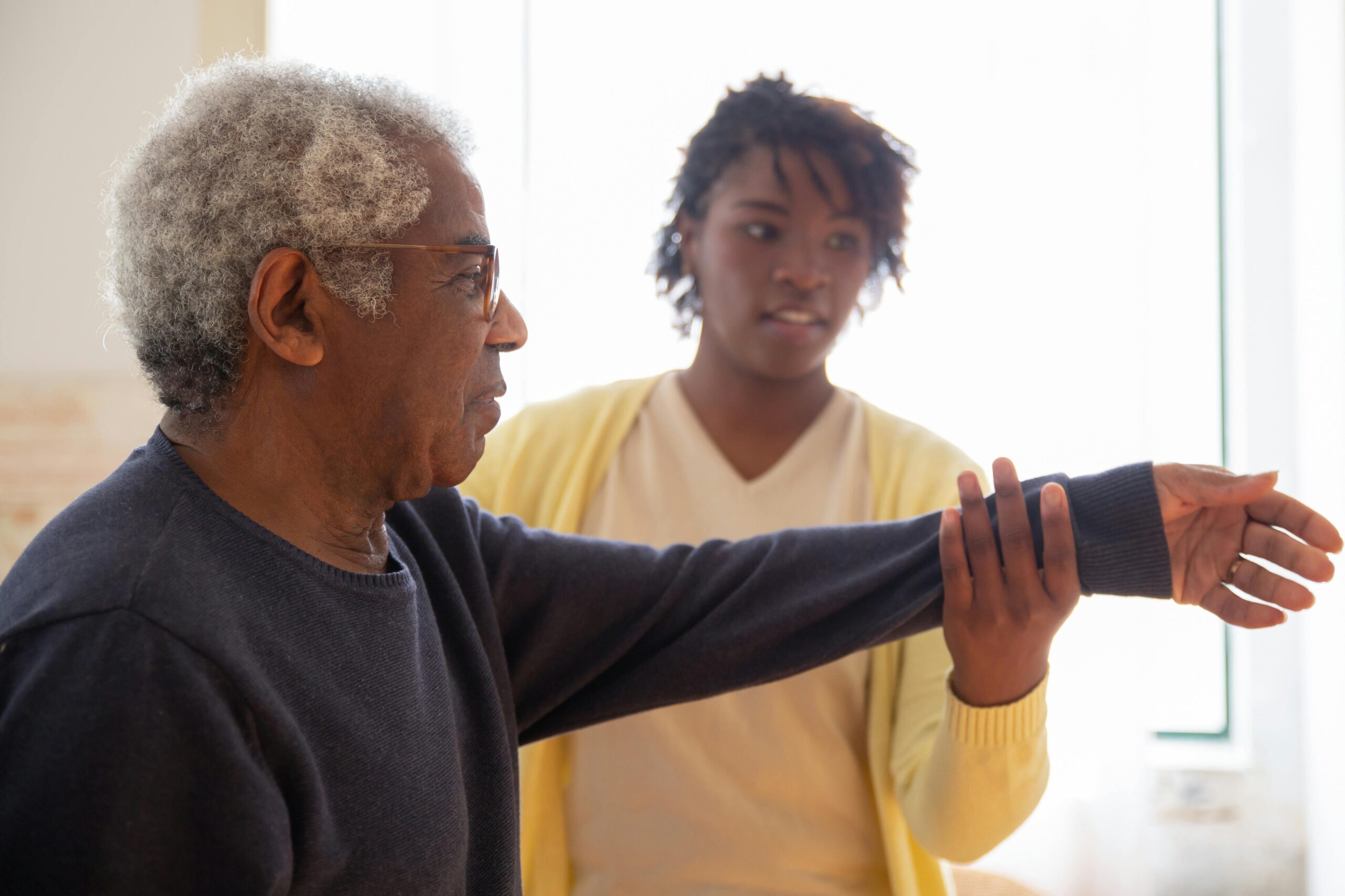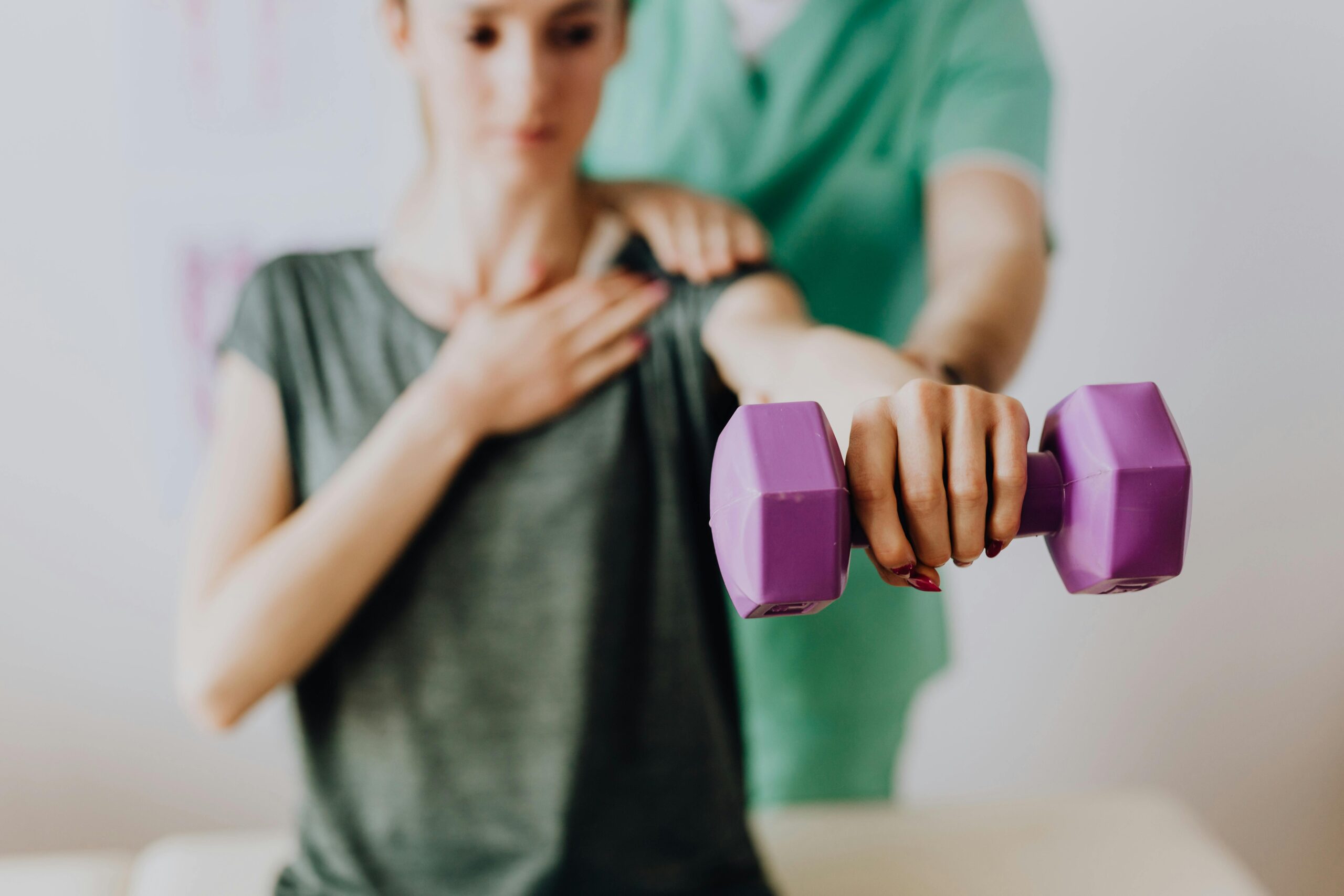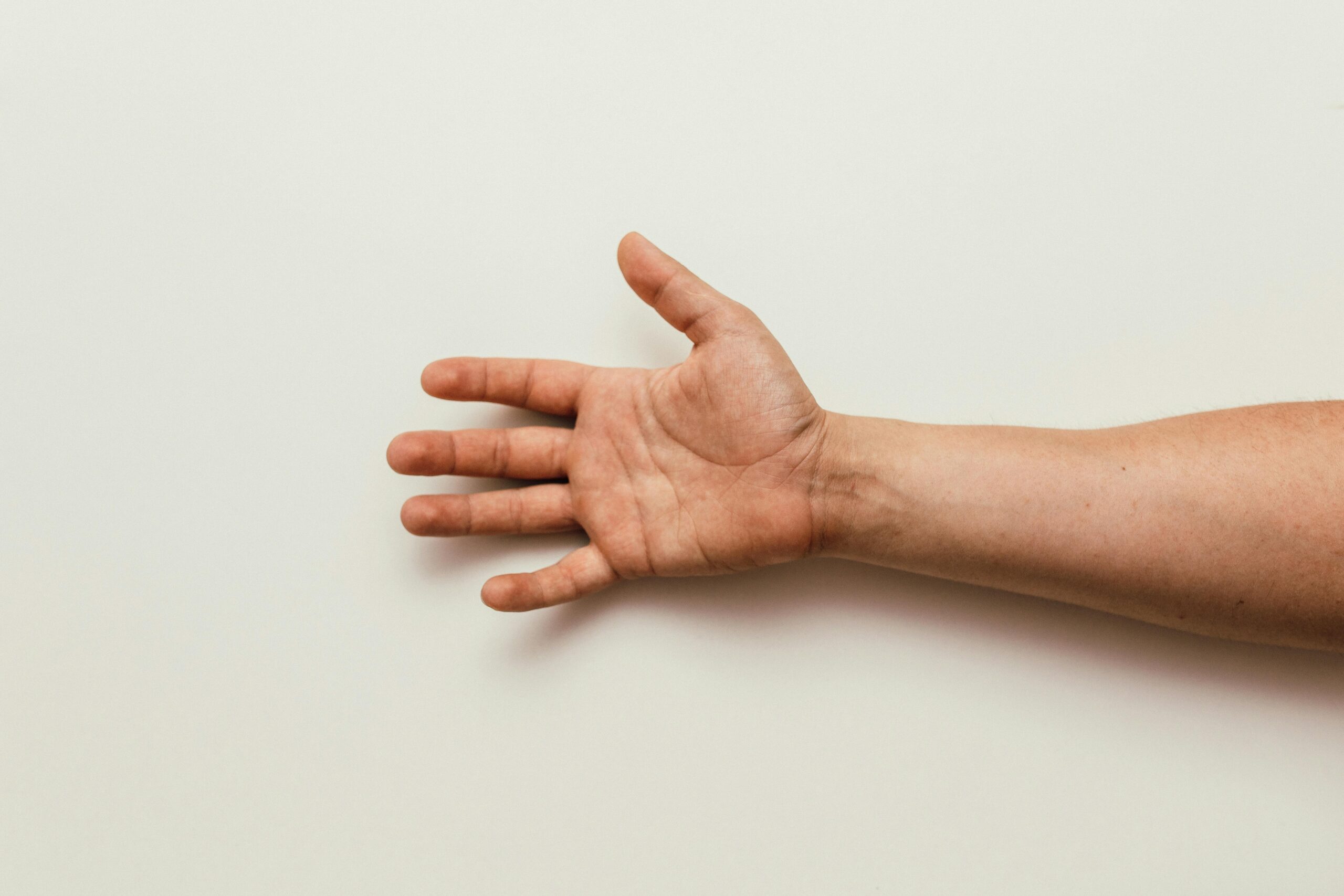What is Dry Needling Therapy?

“Is dry needling therapy the same as acupuncture?” This has been a constant query at various physiotherapy clinics in Brampton. They may use the same needles but are totally different treatments. Acupuncture is based on traditional Eastern Chinese medicine. Dry needling is all about Western medicine and research. Physical therapists recommend dry needling to treat chronic muscle pain. If you are new to this, the term ‘needle’ might intimidate you. This blog is here to change your mind.
Dry Needling Therapy Definition
It is a therapeutic technique to treat stiffness and pain in muscles. Injuries, age or overuse take a toll on the strength and flexibility of specific muscles. Painful contraction knots develop within muscles, which physical therapists refer to as trigger points.
The technique is not as scary as it sounds. The professional identifies the knots and inserts the needles through your skin to stimulate those areas. Once the needles touch the trigger points, the natural healing process of your body begins and so does the recovery.
Trigger points and painful muscles are the main characteristics of myofascial pain syndrome. Researchers have confirmed after reviewing several studies that dry needling is effective in treating myofascial pain.
How does it work?
Dry needling tends to trick the brain and changes how it perceives pain.
That not only sounds interesting but actually happens in the human body.
Let me explain.
There are two types of trigger points- activated and deactivated. The activated one causes pain. Abnormal electrical activity occurs at these points and also releases chemicals which cause inflammation in muscles.
The insertion of needles into the activated points causes biomechanical and biochemical changes in the area. The electric current and chemicals in the muscles eventually return to their original, healthy state.
Meanwhile, the deactivated trigger points extract plasma and white blood cells into the area, helping the area heal.
Also read: https://physiotherapyfirst.ca/blog/how-does-dry-needling-work-in-physiotherapy
Does Dry Needling Therapy Hurt?
No, dry needling does not hurt. Most people do not even feel the insertion of a needle into the skin. The process, however, induces a local twitch response. It feels like a subtle electrical shock or muscle cramps.
Don’t worry; it’s a sign that the treatment is working.
The twitching occurs in the spinal cord as a response to the needle insertion. This step is important to deactivate the trigger points which further accelerate your healing process.
What are the Benefits of Dry Needling Treatment?
Dry needle is an excellent treatment for muscle stiffness and pain. It has shown positive results in the management of a wide slew of musculoskeletal conditions that cause pain and discomfort.
Here are the common conditions dry needling experts deal with daily:
- Neck pain
- Backache
- Postural problems
- Hamstring streams
- Knee pain
- Headaches
The physiotherapist assesses your injuries and determines whether it’s the right treatment for you or not.
What about the side effects?
There are no serious side effects to this treatment. The needle is very thin and patients barely feel anything during the procedure. You may feel muscle soreness for a few hours or up to 2 days. But that is temporary and is nothing to worry about.
Is Dry Needling the Same as Acupuncture?
No, dry needling and acupuncture are two different treatments.
Dry needling is based on scientific biomechanical principles. It is a part of Western medicine.
Acupuncture, on the other hand, is traditional Chinese medicine.
While dry needling therapy focuses on relieving muscle pain, acupuncture balances the energy levels in the body.
Who Provides Dry Needling Treatment in Brampton?
Dry needling is a specialized technique that involves training sessions. There are certified chiropractors, medical doctors and physiotherapists in Brampton who train to provide you with accurate dry-needling therapy. other scientific terms for the treatment are functional dry needling, biomedical dry needling and intramuscular stimulation.
Blog Categories
- Acupuncture Treatment (10)
- Ankle Sprain (1)
- Arthritis Treatment (1)
- Back Pain (23)
- Chiropractic Care (38)
- Tennis Elbow (1)
- Chronic Pain (5)
- COVID-19 (1)
- Custom Orthotics (6)
- Dizziness (4)
- Exercises (13)
- Foot Orthotics (6)
- Hamstring Stretches (2)
- Info Articles (3)
- Kids Injury (1)
- Laser Therapy (4)
- Massage Therapy (21)
- Neck Pain (16)
- Orthopedic (1)
- Osteoarthritis (5)
- Osteopathy (3)
- Pain Management (18)
- Physiotherapy Benefits (44)
- Physiotherapy Clinic (6)
- Physiotherapy Exercises (12)
- Physiotherapy Tips (25)
- Physiotherapy Treatment (100)
- Rotator Cuff (2)
- Shin Splints (1)
- Shoulder (2)
- Spine (4)
- Sports Physiotherapy (2)
- Uncategorized (1)
- Vestibular Physiotherapy (2)
- Work From Home (2)


